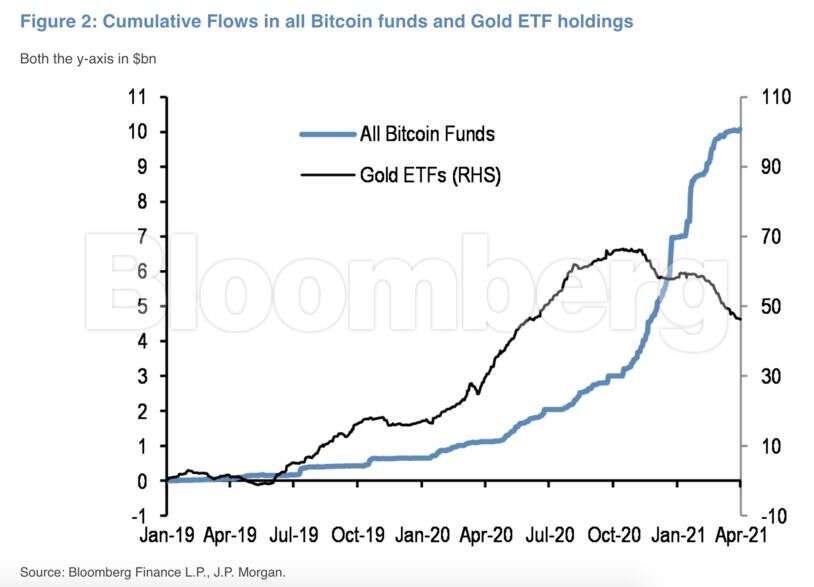More clarity needed to crack the crypto code
[ad_1]
Read More/Less
The Reserve Bank of India’s recent notification on ‘Customer Due Diligence for Transactions in Virtual Currencies (VC)’ has sent a wave of cheer across cryptocurrency investors in the country, as it has kindled hopes that it will ensure smoother banking transactionsand further growth and innovation in the industry.
Though this notification has cleared the air regarding transactions in this new asset class to some extent, there continues to be confusion in terms of regulations.
Banks will be complying with the aforementioned RBI directive to not send advisories citing the 2018 circular. But how each of them proceeds in terms of enabling cryptocurrency transactions is still unclear.
Also read: Cybercriminals go after cryptocurrency: Report
The RBI had, on May 31, asked regulated entities to not cite its April 2018 circular on ‘Prohibition on Dealing in Virtual Currencies’ as it is no longer valid following the Supreme Court setting it aside.
Due diligence
The central bank also asked them to continue to carry out customer due diligence processes in line with the governing standards for Know Your Customer, Anti-Money Laundering (AML), Combating of Financing of Terrorism (CFT) and obligations of regulated entities under the Prevention of Money Laundering Act, 2002.
Significantly, at the June 4 post monetary policy press conference, the RBI Governor Shaktikanta Das said there is no change in the central bank’s position.
“The RBI’s position is that we have major concerns around cryptocurrency, which we have conveyed to the government,” he said, adding that the central bank’s latest directive sets the record straight that the 2018 circular has been set aside and that it is not correct to refer to it.
Regulation
Apart from the Supreme Court ruling of March 2020, there is no clear guidance on the sector. While the larger debate on the legality of cryptocurrencies continues, key issues that also need to be resolved include those related to licensing and investor grievances, taxation and banking.
The only word that has come till now is from the Ministry of Corporate Affairs, when it asked companies to disclose in their annual financial statements the amount of cryptocurrencies held as on the reporting date.
However, many countries are now making their stance clear. The US, Japan and South Korea have come out with regulations for cryptocurrencies. Others like China have warned citizens not to deal in cryptocurrencies.
Pointing out that there have been instances of banks using RBI’s 2018 circular to raise objections to cryptocurrency transactions, Ramalingam Subramanian, Head of Brand and Communication, CoinDCX, said the new RBI notification gives clarity and clears the air.
However, he noted: “Regulations are needed not just for clarity, but also on issues such as investor protection, who can create a token and licensing of exchanges.”
Code of conduct
Meanwhile, the Blockchain and Crypto Assets Council, which is part of the Internet and Mobile Association of India (IAMAI), has decided to set up a board to oversee the implementation of a self-regulatory code of conduct by its member crypto exchanges to comply with AML/CFT and other laws.
Veena Sivaramakrishnan, Partner, Shardul Amarchand Mangaldas & Co, also pointed out that quite a few countries have legalised cryptocurrencies, but in Indiathe government has been negative about it.
“With the RBI notification, it seems that there is some change in stance…But there is still no legality to cryptocurrencies and there is a regulatory vacuum. So, there is need for regulation. The expectation is that the new cryptocurrency Bill will help the sector as it will not completely ban private cryptocurrencies but regulate them,” she said.
But despite the strong adoption of cryptocurrencies and robust investor interest, experts point out that its speculative nature and volatility in prices cannot be wished away.
Another key concern that has become a topic of debate is the energy consumption involved in mining cryptocurrencies and the carbon footprint of the entire ecosystem, pointed out a recent report by Cyril Amarchand Mangaldas. “As per an analysis undertaken by the Cambridge Centre for Alternate Finance, Bitcoin’s electricity consumption is at approximately 110 Terawatt hours per year, or 0.55 per cent of the global electricity production,” it said.
Digital currency
Many central banks, including the RBI, are now looking at the option of a Central Bank Digital Currency.
“The prospect of competition from cryptocurrencies has prodded central banks to design their own digital currencies, which will be backed/controlled by the central banks,” noted a recent Treasury report by HDFC Bank.
Citing global experience, the report pointed out that the Bahamas rolled out a CBDC in October 2020, while Sweden has completed a technical pilot and China is conducting real-world trials for its digital yuan in cities including Shenzhen and Suzhou.
“European officials want to launch a digital euro by 2025 while the UK government has launched a ‘Britcoin’ task force, and the US is carrying out research to test the credibility of CBDCs programme,” it noted.
In its report on Currency and Finance, 2020-21, the RBI had said that a “CBDC can be designed to monitor transactions, promote financial inclusion by direct fiscal transfer, pumping central bank ‘helicopter money’, even direct public consumption to a select basket of goods and services to increase aggregate demand and social welfare.”
“We think it is just a matter of time before Indian investors have legal access to crypto plays,” the HDFC Bank report noted.
With the booming crypto trade in the country and subsequent investments, as well as the potential of blockchain technology, there is widespread expectation that the Finance Ministry will do a re-think on the proposed cryptocurrency Bill that was to be tabled in Parliament. Instead of a full-fledged ban, experts are hopeful that the proposed legislation would call for regulation.
But until such a development takes place, the woes of crypto investors may not go away completely.
[ad_2]
